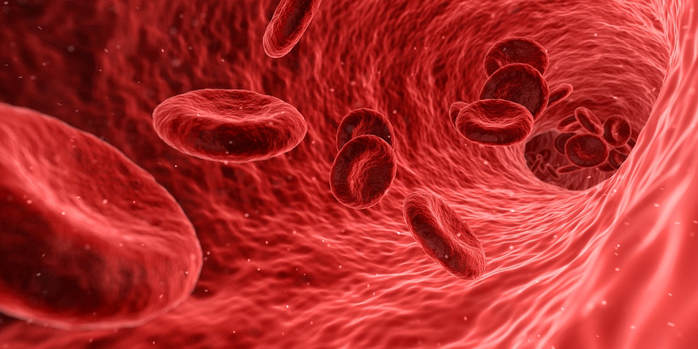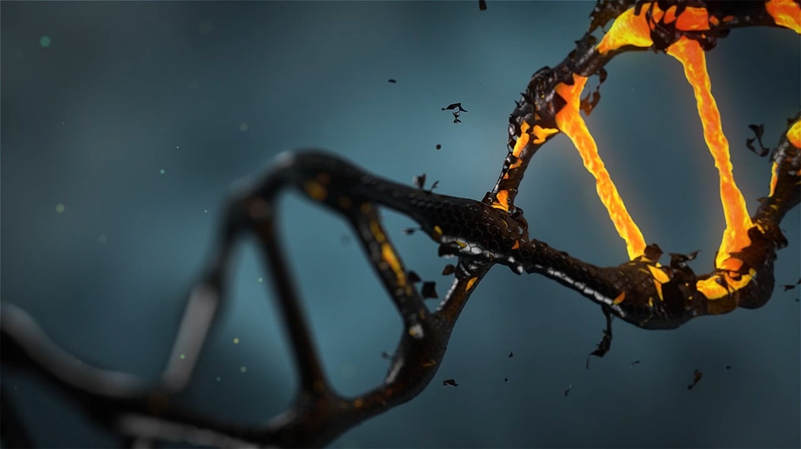Hematopoietic Stem Cells: An Immune System Fix All?
Certain cells in the body can turn into practically any other type of cells. These cells are called stem cells. Recently a small subset of blood stem cells has been shown to be the source of all immune system and blood cells, allowing advancement in blood stem cell transplantation and gene therapies. Before this breakthrough, it was thought that many types of stem cells were necessary to repopulate immune and blood cells, but with this new development, stem cell technologies have the potential to become significantly more streamlined. Stem cells possess the ability to turn into many types of cells, making them extremely useful in regenerative medicine, a branch of medicine focused on healing or replacing cells as well as transplants, making this new finding extremely significant.
Researchers at the Fred Hutchinson Cancer Research Center recently discovered this sect of adult blood stem cells by studying the pig-tailed macaque and rhesus macaque, both of which are types of large nonhuman primates. The two of these model organisms have been used primarily to study rudimentary stem cell biology due to their similarity to humans, making discoveries found in these organisms generally applicable to humans as well.
Researchers at the Fred Hutchinson Cancer Research Center recently discovered this sect of adult blood stem cells by studying the pig-tailed macaque and rhesus macaque, both of which are types of large nonhuman primates. The two of these model organisms have been used primarily to study rudimentary stem cell biology due to their similarity to humans, making discoveries found in these organisms generally applicable to humans as well.
Image Source: qimono
The scientists discovered these stem cells by using three fluorescent, or glow-in-the-dark, protein markers to separate the target subpopulation from the larger group of all blood stem cells. CD34 is the marker most commonly used to identify blood stem cells that work best for gene therapy, but the primary researcher used two additional protein markers in order to further differentiate among different types of stem cells. The cells marked with these proteins were found to replenish many types of structures in both the blood and immune system after being transplanted into the nonhuman primates, a feat that often requires more than one population of stem cells. These marked stem cells were able to do all the work in early regeneration and in maintaining the system down the road. Evidence of the marked cells was present significantly after transplantation, leading scientists to believe the transplanted cells had a role in the upkeep of the system it helped to repopulate.
This finding is important for further research on gene therapies on blood and immune disorders such as AIDS, blood cancers, and hemoglobin diseases, all of which are notoriously hard to treat. Additionally, by using a narrow subpopulation of stem cells, side effects could be reduced or pinpointed for patients. The risk of graft-versus-host disease, a disease where the transplant is not tolerated by the recipient, could potentially also be lowered by using these highly specific types of stem cells. Transplants would be much less likely to be rejected. These improvements have the potential to help with refining gene therapy techniques significantly and, hopefully, applying these therapies to humans down the road.
This finding is important for further research on gene therapies on blood and immune disorders such as AIDS, blood cancers, and hemoglobin diseases, all of which are notoriously hard to treat. Additionally, by using a narrow subpopulation of stem cells, side effects could be reduced or pinpointed for patients. The risk of graft-versus-host disease, a disease where the transplant is not tolerated by the recipient, could potentially also be lowered by using these highly specific types of stem cells. Transplants would be much less likely to be rejected. These improvements have the potential to help with refining gene therapy techniques significantly and, hopefully, applying these therapies to humans down the road.
Featured Image Source: PublicDomainPictures
RELATED ARTICLES
|
Vertical Divider
|
Vertical Divider
|
Vertical Divider
|






